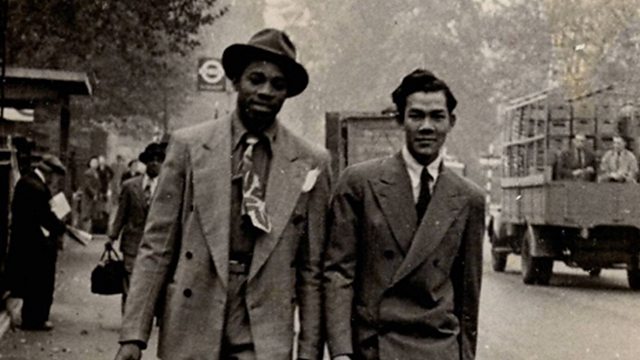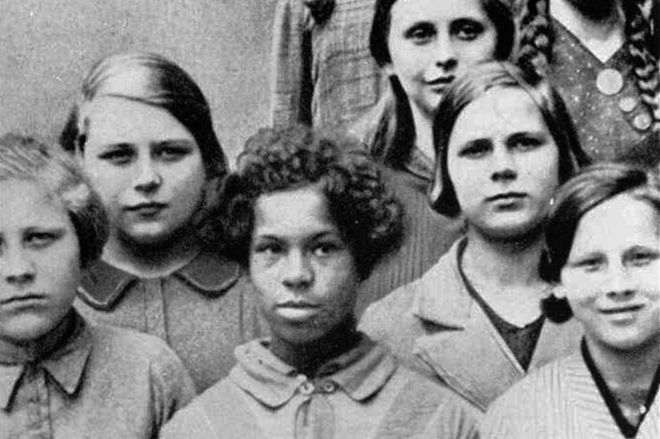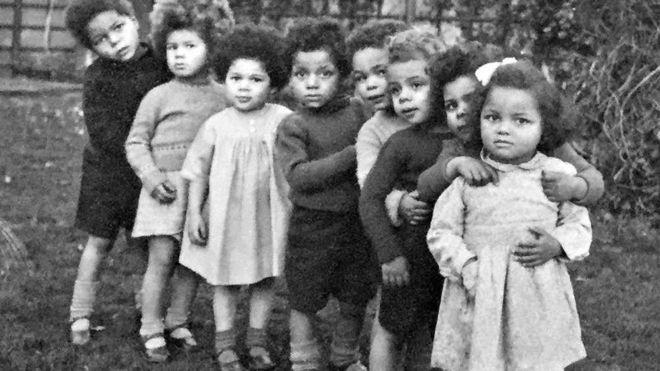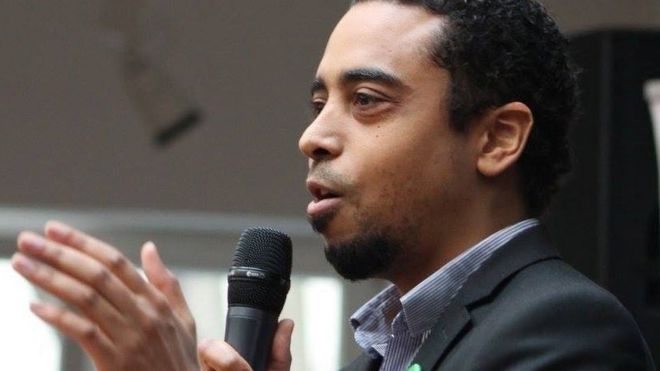Biden’s VP pick: Why Kamala Harris embraces her biracial rootsPosted in Articles, Biography, Media Archive, Politics/Public Policy, United States, Women on 2020-08-11 21:33Z by Steven |
Biden’s VP pick: Why Kamala Harris embraces her biracial roots
BBC News
2020-08-11
Soutik Biswas, India correspondent
US Senator Kamala Harris – chosen by Joe Biden as his Democratic vice-presidential candidate – is known as a prominent black politician. But she has also embraced her Indian roots.
“My name is pronounced “Comma-la”, like the punctuation mark,” Kamala Harris writes in her 2018 autobiography, The Truths We Hold.
The California senator, daughter of an Indian-born mother and Jamaican-born father, then explains the meaning of her Indian name.
“It means ‘lotus flower’, which is a symbol of significance in Indian culture. A lotus grows underwater, its flowers rising above the surface while the roots are planted firmly in the river bottom.”
Early in life, young Kamala and her sister Maya grew up in a house filled with music by black American artists. Her mother would sing along to Aretha Franklin’s early gospel, and her jazz-loving father, who taught economics at Stanford University, would play Thelonius Monk and John Coltrane on the turntable.
Shyamala Gopalan and Donald Harris separated when Ms Harris was five. Raised primarily by her Hindu single mother, a cancer researcher and a civil rights activist, Kamala, Maya and Shyamala were known as “Shyamala and the girls”.
Her mother made sure her two daughters were aware of their background.
“My mother understood very well she was raising two black daughters. She knew that her adopted homeland would see Maya and me as black girls, and she was determined to make sure we would grow into confident black women,” she wrote…
Read the entire article here.











